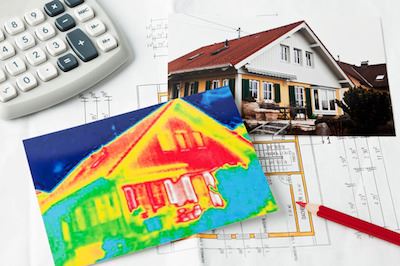How often do you purchase new clothes several sizes too big just in case you need the extra volume at some point in the future?
Sounds ridiculous, doesn’t it? Yet we’ve seen HVAC systems installed for that very reason. The heating and cooling systems are oversized and not operating as efficiently as possible because a contractor used a rule of thumb to determine size rather than using a proper load calculation.
You may think having a bigger system is better, especially in the heat of our Atlanta summers. But if your air conditioner isn’t sized properly, you can end up with:
- A house that feels sticky because the equipment never properly dehumidifies the air.
- Equipment that has a shortened lifespan because of short cycling within the system.
- More upfront cost. Larger equipment is almost always more expensive.
Load calculations take time and require attention to detail. Load calculations are based on the square footage of the conditioned floor space within your home, but every house is different. Even the same home rotated to another position could vary the load calculation by 25 percent or more.
Load calculations today are calculated with software for the best results. Different information is input, such as:
- The type of foundation
- Type and color of roof
- Insulation values in walls, floors, and ceilings
- Window type, location, and quantity
- Exterior door type, location, and quantity
- Desired temperature
- The size of your home
- The age of your home
- The location of your home
- The area surrounding your home
The output provides information on how much cooling and heating the house needs at peak conditions. It’s given in BTU per hour for each room, zone and for the entire house.
With the results, a technician can accurately select equipment and design a duct system that will perform at maximum efficiency.

